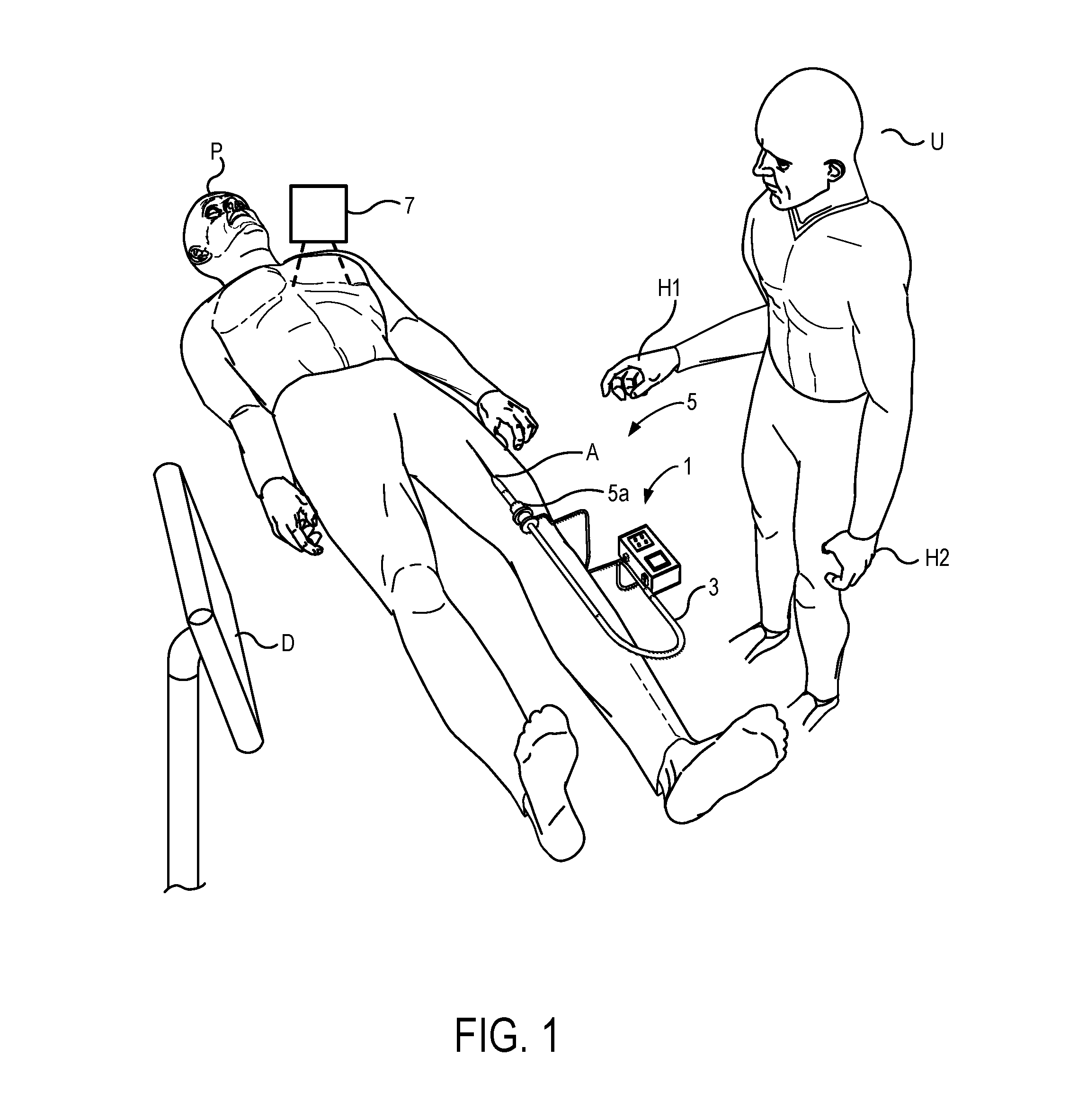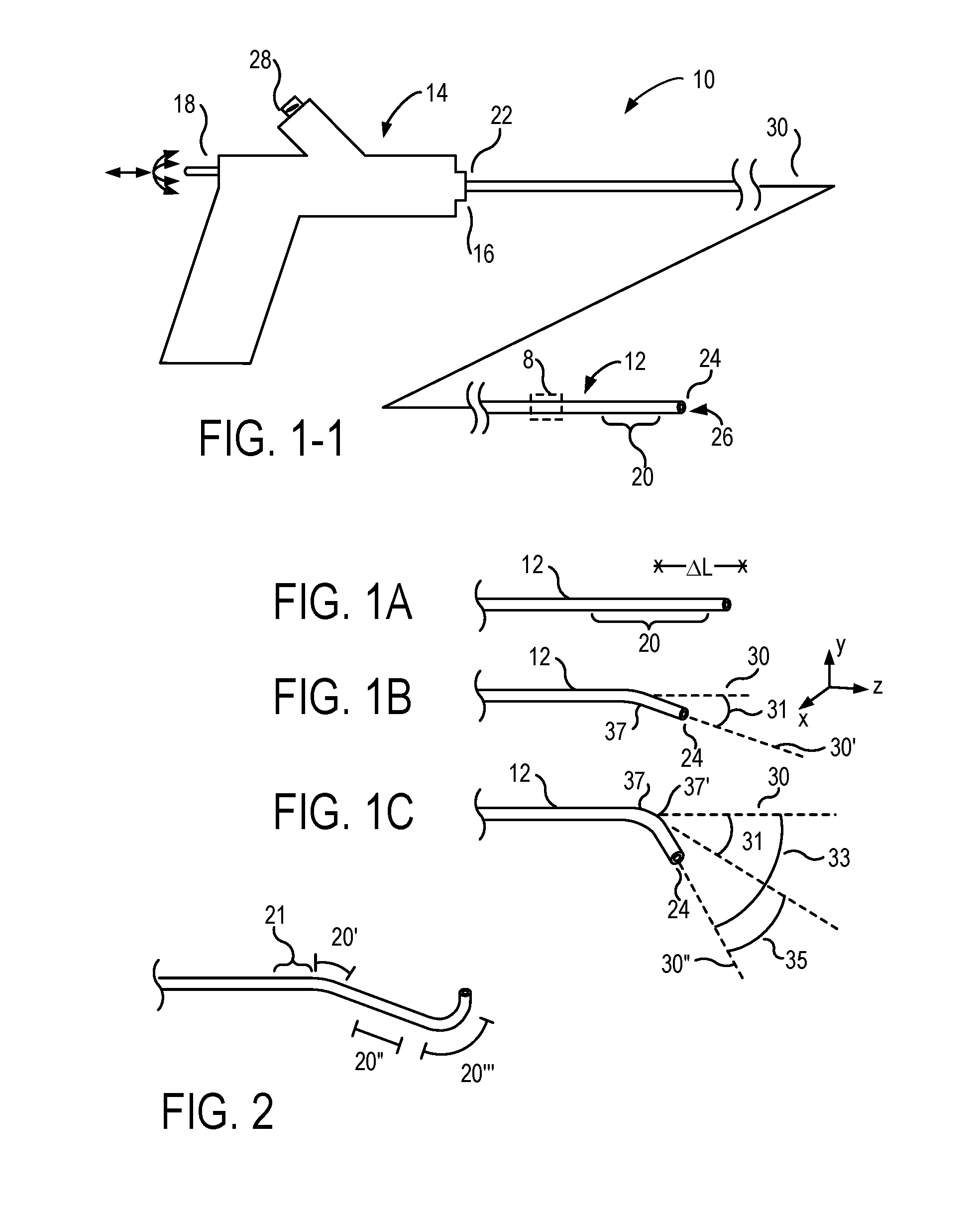Articulation Systems, Devices, and Methods for Catheters and Other Uses
- Summary
- Abstract
- Description
- Claims
- Application Information
AI Technical Summary
Benefits of technology
Problems solved by technology
Method used
Image
Examples
Embodiment Construction
[0175]The present invention generally provides fluid control devices, systems, and methods that are particularly useful for articulating catheters and other elongate flexible structures. In exemplary embodiments the invention provides a modular manifold architecture that includes plate-mounted valves to facilitate fluid communication along a plurality of fluid channels included in one or more multi-lumen shafts, often for articulating actuators of a catheter. Preferred actuators include balloons or other fluid-expandable bodies, and the modular manifold assemblies are particularly well suited for independently controlling a relatively large number of fluid pressures and / or flows. The individual plate modules may include valves that control fluid supplied to a catheter or other device, and / or fluid exhausted from the catheter or other device. A receptacle extending across a stack of such modules can receive a fluid flow interface having a large number of individual fluid coupling por...
PUM
 Login to View More
Login to View More Abstract
Description
Claims
Application Information
 Login to View More
Login to View More - R&D
- Intellectual Property
- Life Sciences
- Materials
- Tech Scout
- Unparalleled Data Quality
- Higher Quality Content
- 60% Fewer Hallucinations
Browse by: Latest US Patents, China's latest patents, Technical Efficacy Thesaurus, Application Domain, Technology Topic, Popular Technical Reports.
© 2025 PatSnap. All rights reserved.Legal|Privacy policy|Modern Slavery Act Transparency Statement|Sitemap|About US| Contact US: help@patsnap.com



